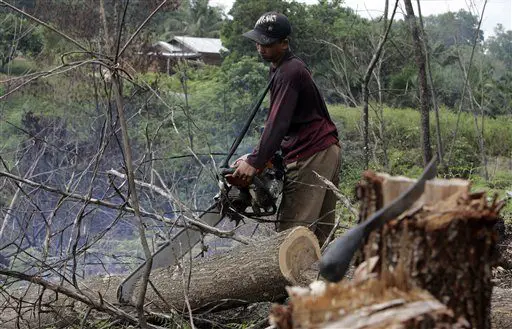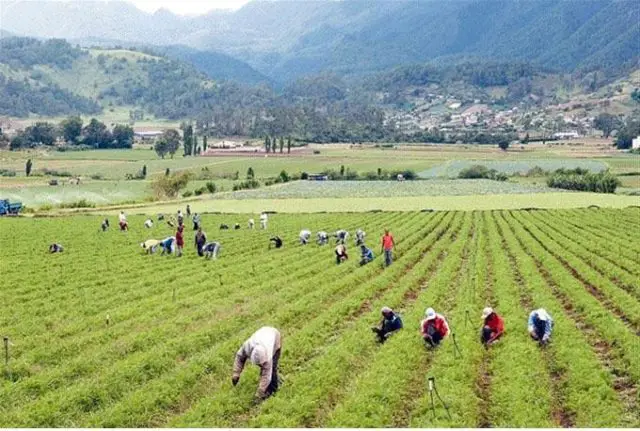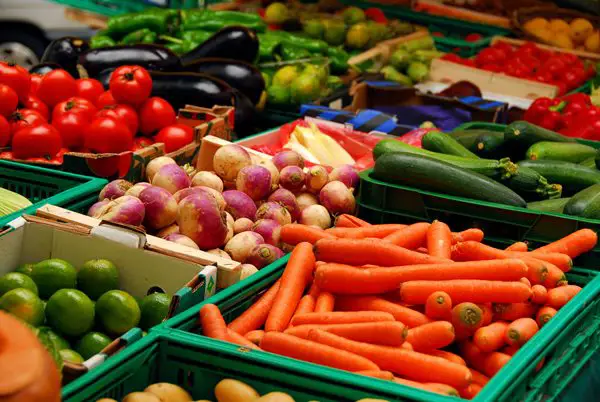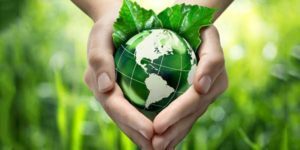First, we must bear in mind that by 2050 the world population is expected to grow to 9.7 billion people, of which 700 million would live in rural areas.
In this context, the projected economic growth for Latin America to 2050 is US$ 10 billion per year, and although it is a moderate figure, it indicates that there will be greater food demand. This is good news for agriculture because it implies that there will be greater demand for the products that thousands of farmers cultivate in the field.
However, although patterns of investment in agriculture have increased, they are not enough to increase enough access to food, which is why millions of people will be undernourished by 2030.

The FAO states that the expansion of agricultural land remains the main cause of deforestation. Food production and economic growth have often been achieved at the expense of cutting down trees.
The food and agriculture sectors contribute significantly to greenhouse gas (GHG) emissions. Over the last 50 years, GHG emissions (levels of anthropogenic emissions of greenhouse gases) from agriculture, forestry and other land uses (AFOLU) have almost doubled, and Forecasts indicate that they will continue to increase until 2050.
In recent years, there has been an increase in pests and diseases in plants and animals, which put food security at risk. Likewise, climate change has generated unexpected changes in agriculture. Losses and waste of agricultural production, after medium and large natural disasters due to meteorological phenomena, are constant issues in Latin America and the Caribbean.
On the other hand, the water resource is a great challenge; the extraction of water for agriculture represents 70% of the total extractions of this resource. FAO estimates that more than 40% of the world’s rural population lives in river basins that lack water. In some of these areas, between 80 and 90% of the water is used for agricultural purposes.
In terms of Paula Carrión, manager of Agro-exports of the Association of Exporters of Perú (ADEX), the changes of temperature generate delays in the beginnings of the agricultural production, which causes delays in the harvests. Also, another important challenge is water supply. “We need more investment projects in water issues”, said the representative of ADEX.
Latin America is the region that generates the most waste and losses in its food value chain, in the different stages. This requires an improvement in infrastructure and higher quality technologies.

On the other hand, another important challenge is to evaluate how long public institutions and transport and sanitary authorities, of control and regulation, delay in completing a procedure in the shortest possible time. Although it is true that a great advance has been made in public management, there is still a long way to go.
In that sense, food production and distribution channels are changing. In Latin America, agriculture is increasingly destined for traditional businesses and small supermarkets.
Paula Carrión warns that governments are more aware of the consumption of nutritious foods that contribute to the health of its inhabitants. That is why free trade agreement agreements have been implemented that include these aspects.
On the other hand, Héctor Carrasco, president of the National Convention of the Peruvian Agro (Conveagro), indicates that agriculture is a fundamental subject in the feeding of the countries, especially, of those inroads of development. In that sense, strengthen economic stability becomes another challenge in the region, taking into account the millions of people living in poverty, he says.
For Hector Carrasco, it is necessary to increase the workforce, improve economic and human production processes. “Agriculture must become a state policy of the countries to achieve a sustainable economy. In that sense, the political decision matters a lot”, he affirms.
Another issue that arises as a challenge that agriculture must face in Latin America is the training of farmers. Qualified labor is important to conceive a country that wants to grow in the short and medium-term. These skills will allow generating comparative advantages in others, said Paula Carrión.
Organic and sustainable products
According to the representative of Conveagro, the producers of organic inputs must be identified in order to bet on more ecological and healthy agriculture that is friendly to the environment. For this, Carrasco demands that intersectoral work be done. You must promote natural products. It is not the same to eat a natural product than another that has received chemical treatments.
Carrasco suggests that coordinated work be done among municipalities, ministries, and private entities. This synergy will allow us to combine efforts and obtain better results in less time.
Another battlefield to achieve that agriculture develops at its maximum potential is through universities. Higher education centers should prioritize organic and ecological crops in their study plans.

One of the comparative advantages that Latin America offers compared to other regions is the great variety that its crops possess and the high potential of exportable organic products and with high demand in the international market.
In Latin America, growth projections are around 3%, despite the obstacles that have been encountered. The GDP should not be the only indicator but the per capita income, how much each inhabitant really perceives. This is necessary to measure the growth of agriculture in the region.
Both specialists consider the need to inject a high dose of technology into agricultural processes that allow improving the quality of products and thus generate a greater added value compared to other continents.

